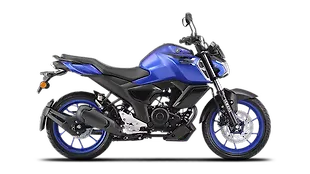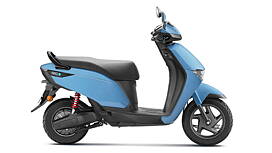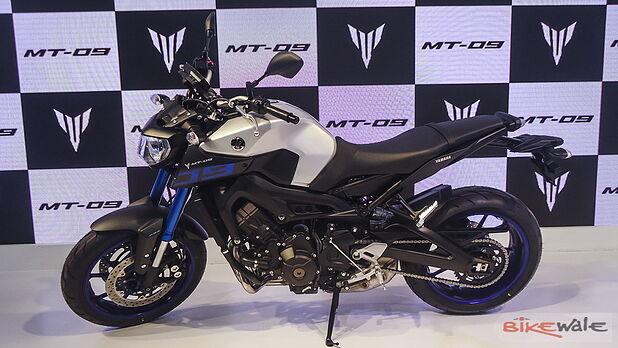
IntroductionWith the MT-09, Yamaha is entering the middleweight league in the superbike territory. It is a light and fast motorcycle with a new wave three-cylinder engine. The MT-09 has been a huge success internationally and with the Indian launch, Yamaha hopes this motorcycle will appeal to buyers here as well.The Ducati Monster 821 replaced the iconic Monster 796. Despite receiving a series of technological and mechanical upgrades, the Monster 821 continues to stay true to its origins as an out and out lightweight streetfighter. The Monster brand has been around for some time now and has made a name for itself.Let us see how the technologically-advanced Japanese takes on the Italian brute.
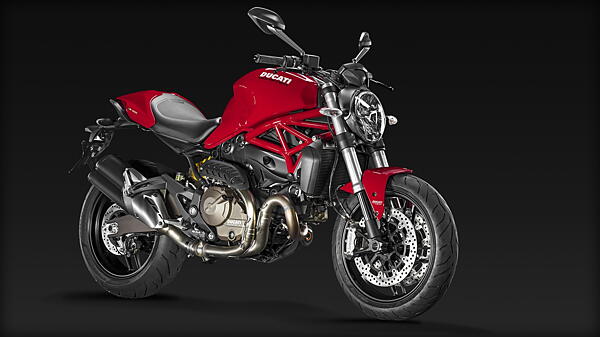
Design & EngineThe Yamaha MT-09 has a mature design language. The motorcycle is a street naked and a compact one at that. The front of the motorcycle features a sharp jutting out headlight and a floating instrument cluster. The tank has an aggressive design and has two forward mounted scoops on both sides. The simplistic design of the rear of the MT-09 however is open to debate.Aesthetically, the Monster 821 has styling cues it borrows from its elder sibling, the Monster 1200. The chassis, frame, fuel tank and the seat have been borrowed from the latter. The rear section has been modified and now features a double-sided swing arm and a two into one into two exhaust system. The bike features minimal bodywork and the exposed frame accentuates its unmistakeable muscular-naked character. Typical of any Italian motorcycle, the Monster does score well in the looks department.Powering the MT-09 is an 847cc three-cylinder engine that makes 115bhp and 87Nm of torque. The engine’s power delivery is linear and easy to access even by newbie riders. The Yamaha also scores high on refinement and light controls.The Ducati Monster 821 has a 821cc liquid-cooled Testastretta L-twin engine. It produces a little less power at 110bhp but a hint more torque at 89Nm. Like the Yamaha, the Ducati too comes with a six-speed gearbox. The Ducati has an easy to access and rider friendly power delivery too but the overall refinement levels are a notch lower. But then, that’s the quintessential Ducati character for you.
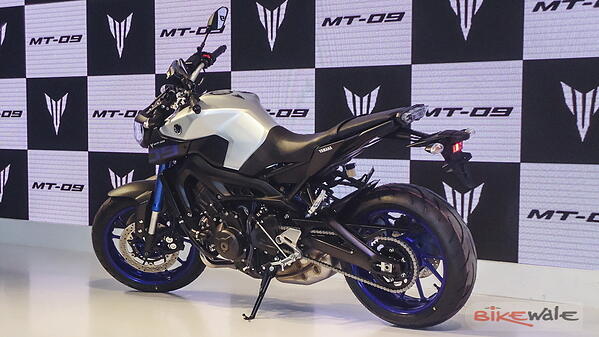
Cycle partsIn terms of equipment, both motorcycles come packed with electronic gadgetry. The Yamaha features YCC-T (Yamaha Chip Controlled Throttle) and D-Mode electronic control systems. YCC-T actively controls the volume of intake air being drawn into a high-revving engine in order to control the fuel-air mixture in a way that enables response that reflects the sensibilities of the rider at a high level. The D-Mode electronic control system lets the rider choose between three different throttle-valve control maps, 'STD' Mode, 'A' Mode, and 'B' Mode. The three different modes have different power-providing maps to use in different scenarios.The Monster 821 gets Ducati's Safety Pack (DSP), which brings three-level ABS and eight-level Ducati Traction Control (DTC). Both can be adjusted through the on-board menu system. The different riding modes also come with different presets for both ABS and DTC, which can also be adjusted. Power is managed through a cable-operated APTC clutch with a slipper function that provides a light feel and minimises rear-wheel hop under downshifts.In terms of braking, front braking on the Ducati is handled by twin, radially mounted Brembo, four-piston monobloc calipers grabbing dual 320mm discs. The rear single 245mm disc gets a single Brembo caliper. The Yamaha comes with dual 300mm discs up front and a 245mm single disc set up at the rear.
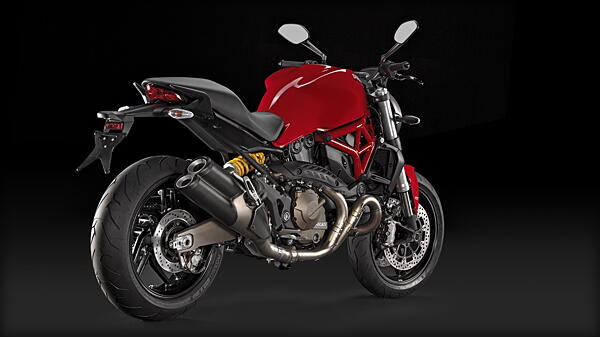
PriceYamaha recently launched the MT-09 at Rs 10.2 lakh (ex-showroom Mumbai). While, Ducati sells the Monster 821 at a comparatively affordable Rs 9.5 lakh (ex-showroom Mumbai).

![Yamaha MT-09 [2016-2017] Image Yamaha MT-09 [2016-2017] Image](https://imgd.aeplcdn.com/272x153/bw/models/yamaha-mt-09.jpg?20190103151915&q=80)
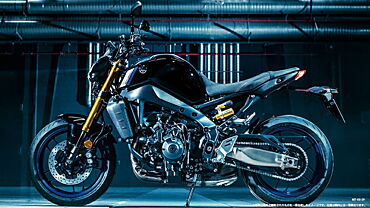
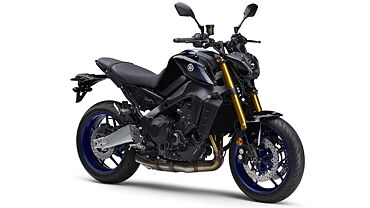
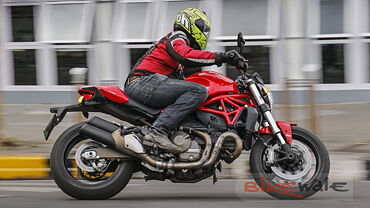
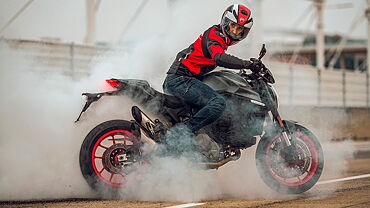
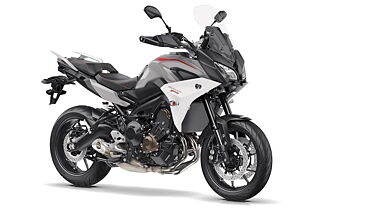

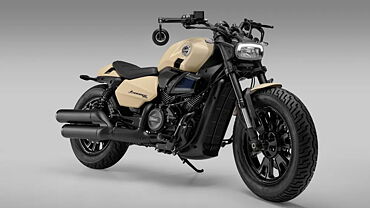
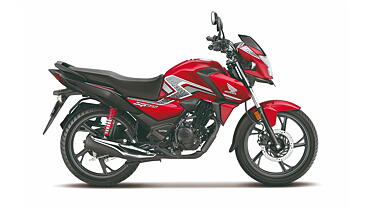
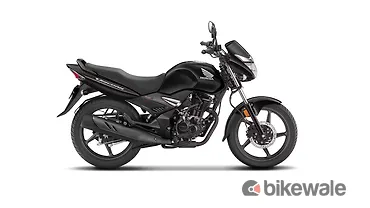


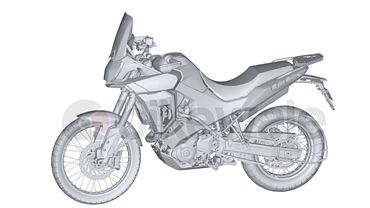


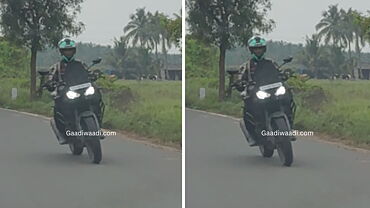
![Yamaha MT-09 [2016-2017] Action Yamaha MT-09 [2016-2017] Action](https://imgd.aeplcdn.com/199x112/bw/ec/22027/Action1-67072.jpg?v=201711021421&q=80)
![Yamaha MT-09 [2016-2017] Action Yamaha MT-09 [2016-2017] Action](https://imgd.aeplcdn.com/199x112/bw/ec/22027/Action2-67073.jpg?v=201711021421&q=80)
![Yamaha MT-09 [2016-2017] Action Yamaha MT-09 [2016-2017] Action](https://imgd.aeplcdn.com/199x112/bw/ec/22027/Action3-67074.jpg?v=201711021421&q=80)
![Yamaha MT-09 [2016-2017] Action Yamaha MT-09 [2016-2017] Action](https://imgd.aeplcdn.com/199x112/bw/ec/22027/Action4-67075.jpg?v=201711021421&q=80)
![Yamaha MT-09 [2016-2017] Action Yamaha MT-09 [2016-2017] Action](https://imgd.aeplcdn.com/468x263/bw/ec/22027/Action5-67076.jpg?v=201711021421&q=80)


